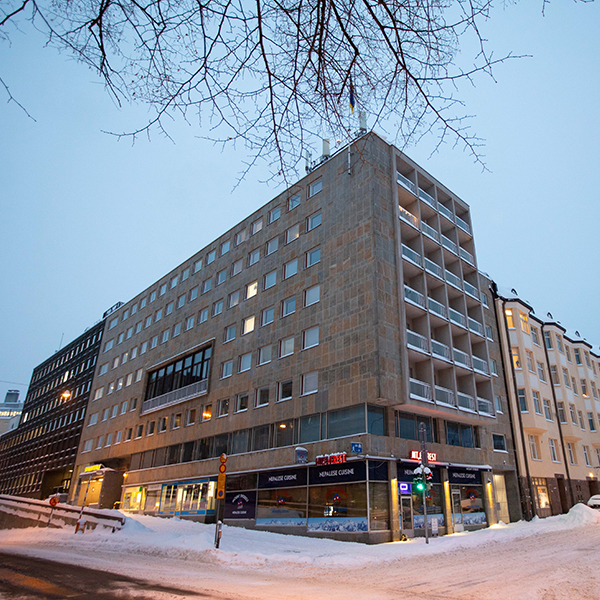Satakuntatalo has a thriving student community
Located in the heart of Helsinki, the Satakuntatalo student apartment building was a little run-down after housing students for 70 years. It has now undergone extensive renovations, but contrary to the general trend in student housing, it continues to mostly offer rooms in shared apartments. Four students talk about their life in the newly renovated student nation building.
Finnish universities have student associations known as student nations, which are cross-disciplinary communities that bring together university students of different ages and fields. Their members often come from the same region of Finland, but students are free to join any student nation. Student nations typically have their own buildings or facilities where members gather for leisure activities and celebrations and to spend time together, and the buildings may also have student accommodation. Satakuntatalo is the oldest of such buildings in inner Helsinki. It has both student housing and other facilities of Satakunta Nation, the student nation for students with ties to the Satakunta region in Western Finland.
The Satakuntatalo building has a common area on the fifth floor, which is open to all residents and Satakunta Nation members around the clock. Eero Kemppinen, 24, Mikko Höytö, 21, and Anniina Tolonen, 22, are sitting by the kitchen table, brewing coffee and talking about their daily life.
Kemppinen is a master’s student in law and also the student nation’s master of parties. He has been a member of Satakunta Nation for four years and lived in the building before it was renovated.
“When I moved from Rauma to Helsinki to study, my friends suggested that I should look for housing in Satakuntatalo. I quickly found my community here, and all these nice people made me want to move back here as soon as the renovations were finished”, Kemppinen recalls.
The building is special for the events that are organised every week in the common rooms and for the like-minded people. The party master finds it very convenient that both the organisers and participants of the events live under the same roof.
“This building is home to a large inderdisciplinary community. We regularly organise tea parties, sitsfests and larger events such as the annual pre-Christmas party”, Kemppinen says.
Housing for students with Satakunta in their heart
The building’s shared apartments have Finnish names derived from the floor numbers, such as Kutoskongi or Seiskapääty. Kemppinen lives in a five-person apartment on the seventh floor, while Höytö, a bachelor’s student in economics, lives in an unusually large fourteen-person apartment on the sixth floor.

“I discovered this student building when I was comparing housing prices in Helsinki. Such a low rent in such a central location immediately caught my attention. I wasn’t entirely sure about having so many flatmates at first, but I decided to give it a shot and never regretted it. We have an excellent community spirit and a culture of our own in our apartment. Good company is always nearby, but you also get to enjoy the peace and quiet of your own room”, Höytö says.
Satakunta Nation welcomes people from Satakunta, but also people who are Satakunta-minded. Kemppinen comes from Satakunta, but Höytö is from Kuopio and Tolonen from the Capital Region.
“You get to know other parts of Finland by just living here”, notes Tolonen, a master’s student in economics. She lives in a ten-person apartment on the seventh floor and keeps close touch with her flatmates on a daily basis. She feels that having lots of like-minded people of the same age around makes it easy to connect with new people.
Apartment master keeps daily life running smoothly
The renovation included repairs for all apartments and common areas. All apartments now have their own shared kitchen, and the building also has sauna facilities, a common area referred to as the guild room, a library and a roof terrace where the residents can barbecue in the summer. The shared facilities are used frequently.
“Before the renovation, the building was in a rather poor condition. Now the kitchens are more spacious, and the surfaces look and feel fresh. Ventilation is also much better, which makes all the difference especially during the coldest and hottest times of the year”, Kemppinen comments.

Each shared apartment has a designated apartment master to keep daily life running smoothly, ensuring for example that everyday items like soaps and dish brushes are always available.
“I’m the designated apartment master in our apartment”, Höytö says. “We have no trouble keeping the shared areas tidy, which I take as a sign of a good community spirit. The shared kitchen also allows for spontaneous shared moments during meals. First a couple of people sit down at the table, and a moment later the table is full.”
“And if the fridge is looking empty, we often pool our resources and start cooking together. Suddenly there’s a whole big meal to share with the flatmates”, Tolonen adds. She has also taken on the role of an apartment master.
Student life resumes
“You could call this values-based living for students. It’s kind of like the Hogwarts of Satakunta – we have our own histories, mysteries and facilities where our members can study in and be whatever they want to be. We are extremely grateful for the people who originally came up with the idea of this building”, says Riikka Pasanen, Satakunta Nation’s curator.

The building was ready to house residents again in autumn 2022. Renovations for the apartments are complete, but the shared gym and woodworking workshop are still in need of some finishing touches.
“I used to live here when I was studying, and I’m impressed by how much the renovation improved the facilities and how the funding was arranged. Not everything is ready yet, but student life has already resumed, and that’s the best part”, Pasanen continues.
“I moved in as a new resident after the renovation, but I like how they listened to the old residents and made the facilities as good as new. It feels like there’s low hierarchy and we can have a say on the things we want”, Höytö observes.
“My own identity as a student is constantly evolving. Living here feels meaningful for me and seems to give the entire community a strong identity, too”, Tolonen concludes.
The Satakuntatalo renovation was financed with MuniFin’s social finance. More information on the renovation is available in Finnish on MuniFin’s website.
Text: Sara Pitzén
Photos: Sami Lamberg and Satakuntalainen osakunta
